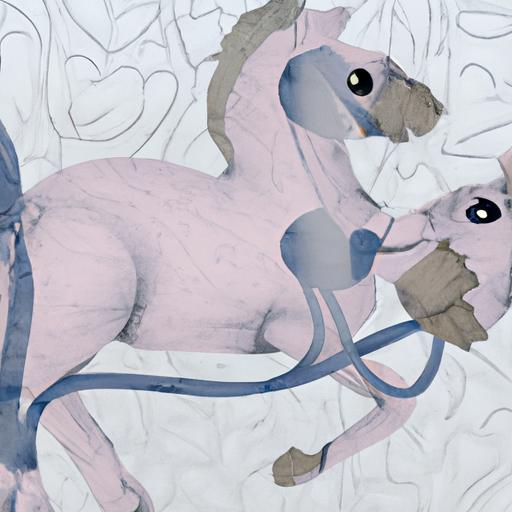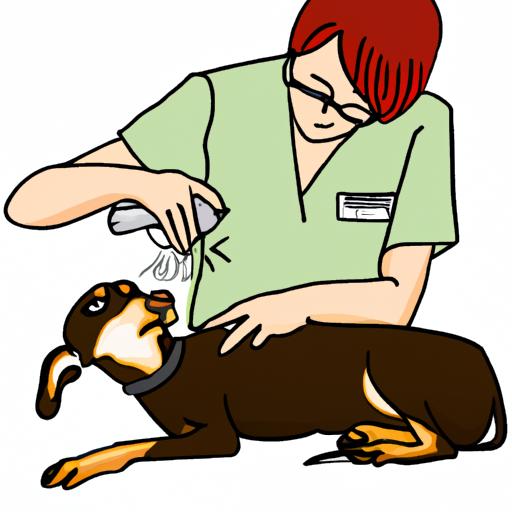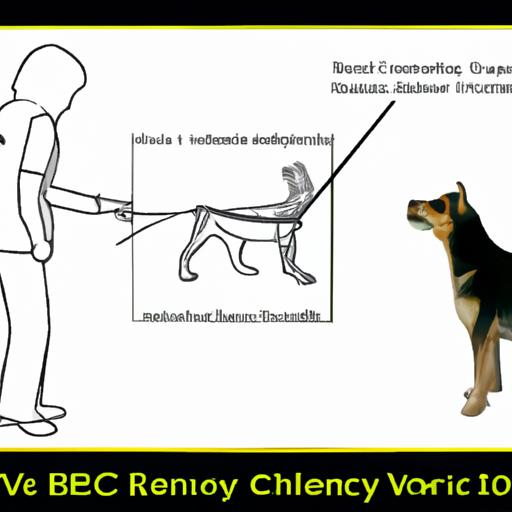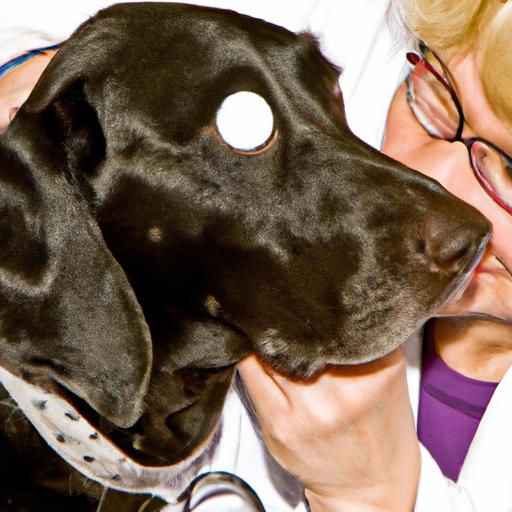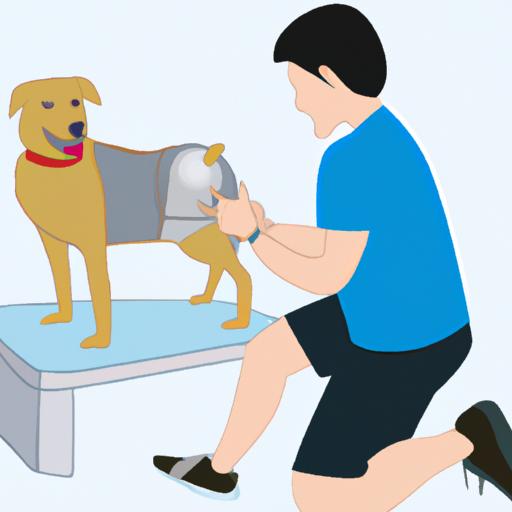
Canine Discoid Meniscus: Knee Joint Disorder – A Comprehensive Guide
Discover everything you need to know about Canine Discoid Meniscus, a knee joint disorder affecting dogs. Learn about symptoms, treatment options, and more.
Introduction
Welcome to our comprehensive guide on canine discoid meniscus, a knee joint disorder that affects our furry friends. Understanding and managing this condition is crucial to ensure the well-being of our beloved canine companions. In this article, we will delve into the details of canine discoid meniscus, its causes, symptoms, diagnosis, treatment options, and more.
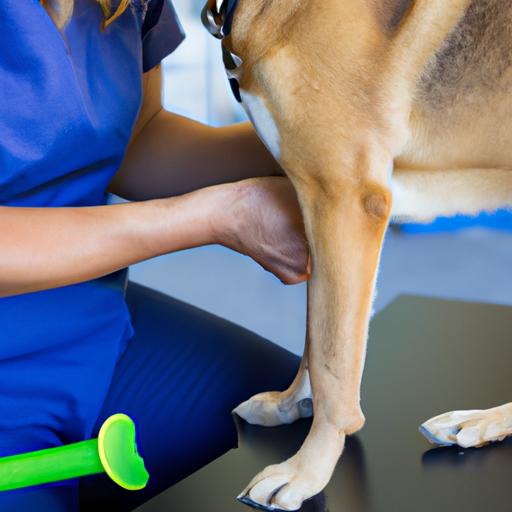
Understanding Canine Discoid Meniscus
Canine discoid meniscus refers to a knee joint disorder that affects dogs, particularly certain breeds. This condition occurs when the meniscus, a cartilage pad that cushions the knee joint, becomes abnormally shaped or detached. The exact causes of discoid meniscus are not fully understood, but it is believed to be a congenital condition.
Symptoms and Clinical Signs
Recognizing the symptoms of canine discoid meniscus is crucial for early detection and proper treatment. Some common signs to watch out for include:
- Lameness or limping, especially after exercise or physical activity
- Swelling or inflammation around the affected knee joint
- Reluctance to bear weight on the affected leg
- Stiffness or difficulty in extending or flexing the knee joint
- Audible clicking or popping sounds during movement
If you notice any of these symptoms in your furry friend, it is essential to consult a veterinarian for a thorough examination.
Risk Factors and Predisposition in Certain Dog Breeds
While canine discoid meniscus can occur in any breed, certain breeds are more predisposed to this condition. Breeds such as Labrador Retrievers, Shih Tzus, and Poodles are known to have a higher incidence of discoid meniscus. However, it is important to note that any dog, regardless of breed, can develop this disorder.
Diagnostic Procedures and Tests
Diagnosing canine discoid meniscus typically involves a combination of physical examination, radiographs (X-rays), and advanced imaging techniques such as MRI (Magnetic Resonance Imaging). These diagnostic procedures help veterinarians assess the shape, condition, and position of the meniscus, enabling them to provide an accurate diagnosis.
Frequently Asked Questions (FAQ)
As we explore canine discoid meniscus further, let’s address some commonly asked questions about this knee joint disorder:
What are the treatment options for canine discoid meniscus?
The treatment for discoid meniscus depends on the severity of the condition and the specific needs of the dog. In mild cases, conservative management approaches, such as rest, pain medication, and physical therapy, may be sufficient. However, in more severe cases, surgical intervention, such as meniscal release or meniscectomy, may be necessary to alleviate pain and restore normal joint function.
Can this disorder be prevented in dogs?
Since canine discoid meniscus is believed to be a congenital condition, it is challenging to prevent its occurrence. However, responsible breeding practices and genetic screening may help reduce the risk of passing on this disorder to future generations.
Is surgery the only solution for managing discoid meniscus?
Surgery is often the most effective treatment option for managing canine discoid meniscus, particularly in moderate to severe cases. Surgical procedures aim to repair or remove the abnormal meniscus, allowing the knee joint to function properly. However, it is crucial to consult a veterinarian to determine the most appropriate course of action based on individual circumstances.
How long is the recovery period after treatment?
The recovery period can vary depending on the severity of the condition and the chosen treatment option. Following surgical intervention, dogs typically require a period of rest and rehabilitation, which may last several weeks or months. It is essential to follow the veterinarian’s post-operative instructions to ensure a successful recovery.
Are there any long-term complications associated with this disorder?
If left untreated or improperly managed, canine discoid meniscus can lead to long-term complications. These complications may include chronic pain, progressive joint degeneration, and the development of osteoarthritis. Early detection and appropriate treatment significantly reduce the risk of such complications.
Conclusion
In conclusion, canine discoid meniscus is a knee joint disorder that requires proper understanding and management to ensure the well-being of our furry companions. Recognizing the symptoms, seeking early veterinary intervention, and exploring suitable treatment options are essential steps in providing the best possible care for dogs affected by this condition. Remember, the sooner we address this disorder, the better the chances of a successful outcome. Consult a veterinarian if you suspect your dog may be suffering from discoid meniscus and embark on a journey towards their improved joint health.
Note: This article is for informational purposes only and should not replace professional veterinary advice. Consult a qualified veterinarian for accurate diagnosis and treatment options.

